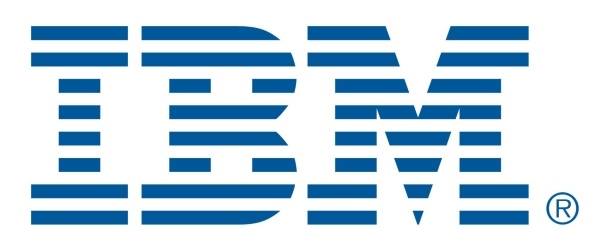IBM’s Quantum Computing Roadmap Lays the Groundwork for Quantum Computing’s Developer Community

(ComputerWeekly) IBM has a multi-pronged plan and roadmap to get the world of IT thinking about quantum computing. ComputerWeekly here discuses IBM’s quantum computing roadmap with Jerry Chow, director, quantum hardware system development at IBM Quantum.
Chow explained the company is trying hard to attract a broad developer community to quantum computing. “We want frictionless development that does not need to be more specialised than classic computing,” he said.
It is apparent that there is a gap in understanding between the level of abstraction offered in modern classical computing and what is required to get to grips with quantum computing. From a software roadmap perspective, Chow said some of this work involves building out the fundamental base layer to control how the device works, which is a bit like the application programming interfaces (APIs) that a kernel developer on classical computing uses. In the world of quantum, this means concepts such as rotating qubits and building a seamless network between quantum computing and classical computing.
For 2021, the IBM roadmap has a milestone to deliver more feature to Qiskit, its toolkit and runtime software to manage low-level quantum computer programming.
The QASM tool in Qiskit effectively performs the same function as an assembler, but sends instructions to manipulate qubits on a quantum computer, rather than sending instructions to manipulate logical bits to a classical computer. “There are provable gaps, where quantum circuits have an advantage over classic circuits,” said Chow. By 2022, IBM plans to be able to run dynamic circuits on its quantum computers, he said, and these expand the variety of quantum algorithms that can be run.
Up to this point on its roadmap for quantum computing, IBM has targeted the kernel developers who build quantum circuits that talk directly to the hardware and algorithm developers who consume these circuits as they build out quantum applications.
During 2023, according to its roadmap, IBM is planning to deliver libraries of pre-built quantum circuits, and raise the level of abstraction with pre-built quantum runtime software. As is the case with an operating system running on a classical computer, this should enable developers to start creating quantum applications in high-level programming languages without having to understand the intricacies and vagaries of qubits.
Chow said IBM has done a lot of work on simulating its Q System to give developers a way to test quantum algorithms before running them on a real machine. Clearly, there will be a limit to how complex an algorithm can be simulated on a classical computer and, as error correction evolves, it may become increasingly difficult to check that a quantum computer is giving the
Quantum computing does appear to be a radical departure from previous models of computing. But in the last few years, the industry has adopted different computing paradigms.
“It is another model of computation,” he said. “Some applications may run on high-performance computing in the cloud; others may go on cloud-based quantum computers.”



















